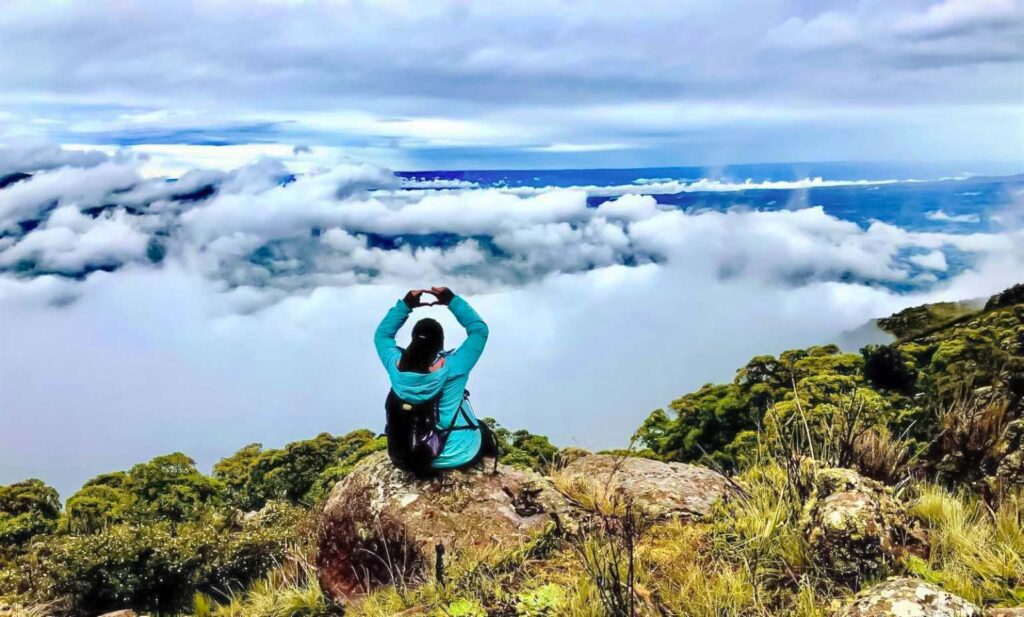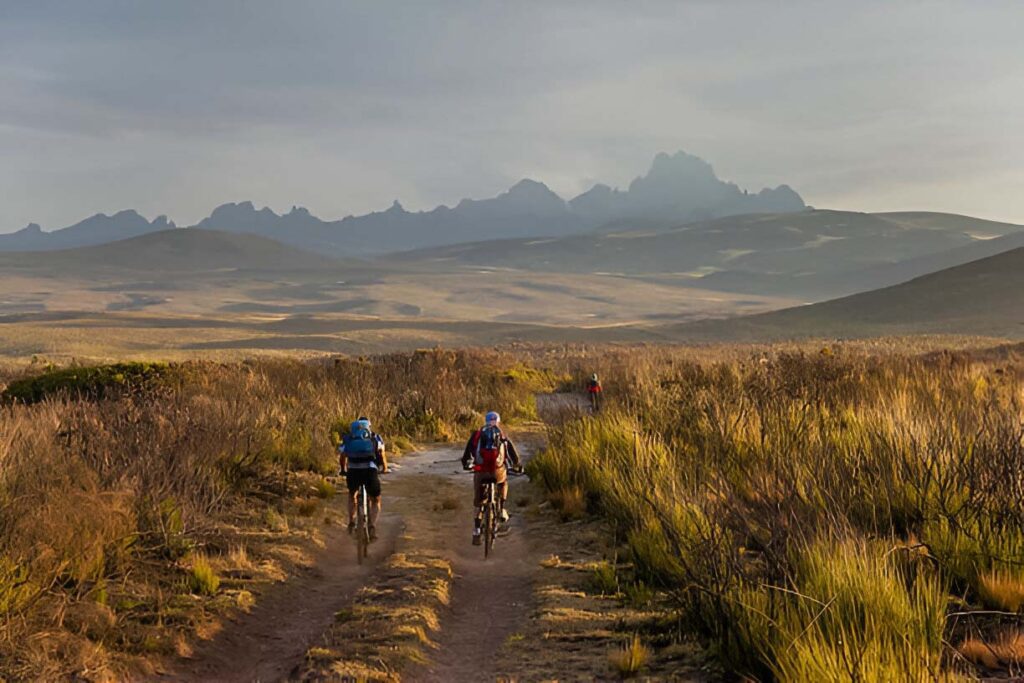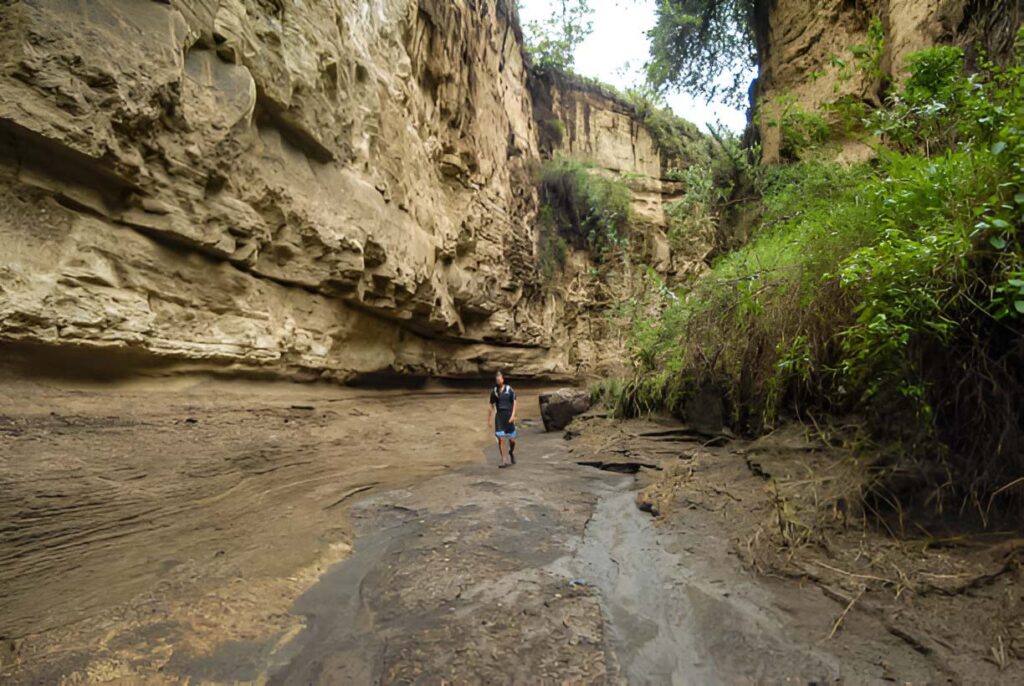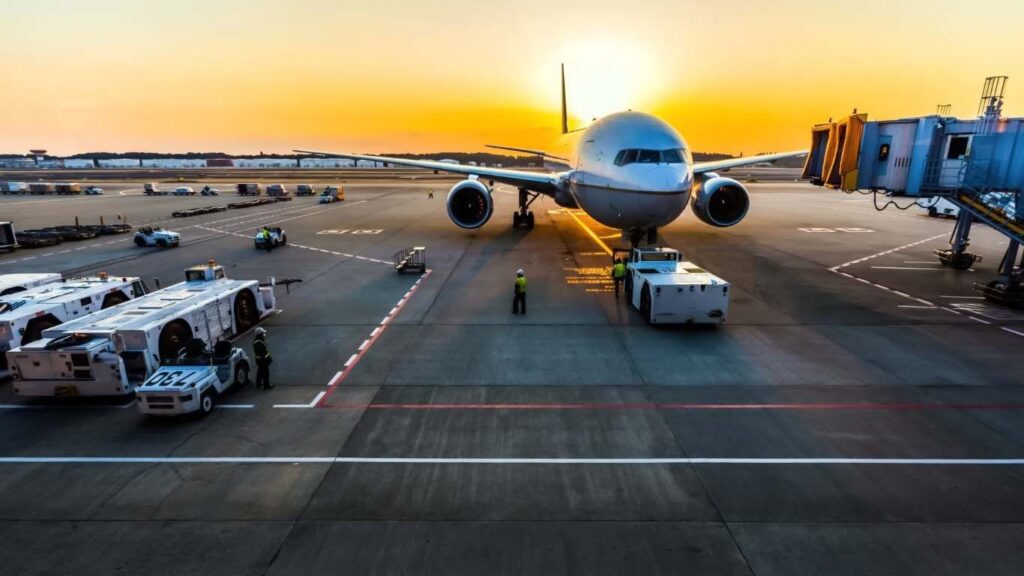In the beginning, there was Kenya. At least, that’s what the fossils tell us.
This is where humanity took its first upright steps 6 million years ago, where our ancestors crafted the world’s earliest stone tools, where the very blueprint of human civilization was written into red earth and ancient bones. Today, millions of modern travelers are feeling that same pull – an inexplicable urge to return to the place where it all began.
You’ve probably seen “Kenya is calling” somewhere – maybe in a TikTok video, a travel post, or an Instagram story from the Mara. But what’s really drawing all these travelers back to humanity’s first home?
What started as casual travel chatter has become something more substantial. Kenya is experiencing an unprecedented tourism surge, with 2.4 million visitors in 2024 alone – a 21% increase that signals this East African nation has captured global imagination in a way few destinations manage.
What’s Driving the Kenya Boom
The numbers suggest this boom was building long before any single policy change. Kenya’s tourism growth reflects a perfect storm of factors: easier access, incredible wildlife experiences, and something harder to quantify – a country that just feels right to visitors.
Yes, Kenya did eliminate visa requirements for global travelers in 2024, replacing them with Electronic Travel Authorization. But the real draw seems to be Kenya itself – its people, landscapes, and that indefinable quality that makes travelers want to return.
What Makes Kenya Irresistible
There’s real science behind Kenya’s appeal – and it goes way back. This isn’t just another pretty destination; it’s literally where humanity began.
Lake Turkana holds some of our most important early human discoveries, including the famous 1.6-million-year-old Turkana Boy fossil. Even older is Orrorin tugenensis, a 6-million-year-old ancestor who represents one of our earliest upright-walking relatives. Northern Kenya has also produced 3.3-million-year-old stone tools – the very first evidence of human technology.
When people say they feel “called” to Kenya, maybe there’s something to it. These landscapes witnessed our species’ first steps, first tools, first communities. It’s a connection that runs deeper than typical wanderlust.

The People Make All the Difference
What really gets people about Kenya? It’s the locals you’ll meet there. And not in a salesy travel brochure way.
Kenyans are just… different. Good different. You could be wandering around Nairobi completely lost, and someone will not only give you directions but probably walk you halfway there. Or you’re struggling up Mount Kenya, and locals will check on you like family.
It’s not because they’re trying to sell you something or because it’s their job. That’s just how they are. You end up making real connections with people, not just having those surface-level tourist conversations.
What’s fascinating is how tradition and progress coexist. Ancient Maasai customs thrive alongside a young, politically engaged generation demanding better leadership. It creates a dynamic culture that honors its roots while actively shaping its future.
This drive for improvement runs deep – passed down from people who fought for independence and communities that have always believed in working together for change. You get the sense that making things better is just part of who they are.
Where Tradition Meets Science
Kenya’s cultural landscape represents one of Africa’s most successful fusions of heritage and modernity, visible nowhere more clearly than in its distinctive urban subcultures.
Consider matatu culture – Kenya’s transformation of public transportation into mobile art installations. These aren’t merely buses; they’re canvases for graffiti artists, venues for sound system culture, and stages where conductors perform their rhythmic route calls. It’s a uniquely Kenyan reimagining of utilitarian infrastructure as cultural expression.
Music offers another example. While Amapiano originated in South Africa, Kenyan artists have claimed and transformed the genre, blending it with local sounds to create something distinctly East African. Walk through Westlands or Kasarani on any evening, and you’ll hear this musical evolution pulsing from venues and street corners, creating spontaneous community gathering spaces.

The Sacred Geography of Mount Kenya
Rising from Kenya’s central highlands, Mount Kenya – known locally as Kĩrĩnyaga – serves as both geographical landmark and spiritual anchor. For the Agikuyu people, this isn’t simply the country’s second-highest peak; it’s the earthly dwelling place of Ngai, their supreme deity.
The mountain’s significance transcends tourism marketing. Standing in its shadow, visitors often report a profound sense of scale and connection – not surprising, given that this extinct volcano has shaped both the physical and spiritual landscape of central Kenya for millennia.
When people speak of feeling called to Kenya, this sacred geography plays no small part. The mountain’s presence is both humbling and magnetic, offering a tangible connection to the beliefs that have shaped Kenyan culture for generations.
Kenya’s Natural Playground
Kenya’s adventure tourism extends far beyond its world-renowned wildlife experiences. The country’s diverse geography creates opportunities for travelers seeking everything from classic safari experiences to lesser-known adventures.

While the Great Migration in Maasai Mara remains a bucket-list experience – millions of wildebeest creating one of nature’s most spectacular annual events – Kenya’s adventure offerings span the entire country. Nyandarua County provides some of East Africa’s most rewarding highland treks, with trails winding through bamboo forests and alpine moorlands that challenge both casual hikers and experienced mountaineers.
In Marsabit County, the landscape shifts dramatically to otherworldly desert terrain. Mt. Ololokwe has become particularly popular with photographers, its dramatic desert peak rising from arid landscapes to create some of the continent’s most striking Instagram content.
From the coral reefs along Kenya’s Indian Ocean coastline to the volcanic formations of Hell’s Gate National Park, the country offers adventures that match its people’s natural enthusiasm for exploration and discovery.
Understanding the Deeper Appeal
The phrase “Kenya is calling” resonates across multiple dimensions of human connection:
Landscape as Memory: The sweeping vistas of the Great Rift Valley, sunrise over Maasai Mara, and Mount Kenya’s snow-capped peak tap into something primal – perhaps our species’ earliest visual memories of home.
Cultural Heritage: Whether it’s supporting extended family networks or contributing to community development, Kenya’s emphasis on collective responsibility echoes ancient human social structures that feel increasingly rare in modern life.
Community Connection: From traditional sherehe celebrations to contemporary social gatherings, Kenya maintains the fundamental human need for communal experience – something that translates powerfully to social media but originates in millennia-old cultural practices.
Purpose and Action: Kenya’s history of collective action, from independence movements to contemporary civic engagement, appeals to travelers seeking destinations where tourism can contribute to meaningful progress.

From Ancient Origins to Modern Appeal
Kenya’s pull on contemporary travelers connects directly to its role in human prehistory. The journey began with those first upright steps in the Turkana Basin, continued through the sacred rituals performed beneath Mount Kenya’s peaks, and evolved through the community-building sounds of matatu culture and Amapiano beats that bring strangers together on Nairobi streets.
Today’s digital phenomenon reflects something enduring about Kenya: its ability to make visitors feel immediately at home, whether they arrive with deep family connections or encounter the country for the first time through a social media post.
Practical Considerations for Today’s Kenya Travelers
Modern travelers drawn to Kenya often find the experience exceeds their digital-age expectations. The country rewards curiosity – whether visitors come seeking wildlife experiences, cultural immersion, or mountain adventures, they typically discover that Kenya’s greatest asset remains its people and their authentic approach to hospitality.
For travelers planning visits, understanding that Kenya operates on relationship-building rather than transactional tourism helps set appropriate expectations for a more meaningful experience.

When Kenya Calls
The next time you encounter that phrase – whether in a travel post, a friend’s recommendation, or simply as a fleeting thought – consider this: Kenya’s appeal runs deeper than any tourism campaign could manufacture.
This is the place where humanity took its first steps, where ancient traditions thrive alongside modern innovation, where genuine hospitality isn’t performed but lived. From the snow-capped peaks of Mount Kenya to the vast savannas of the Mara, from the vibrant streets of Nairobi to the coral gardens of the coast, Kenya offers something increasingly rare in our digital age: authenticity.
What you’ll find isn’t just another destination, but a country that changes how you see travel itself. Kenya doesn’t just offer experiences – it offers perspective.
Perhaps it’s time to listen.



